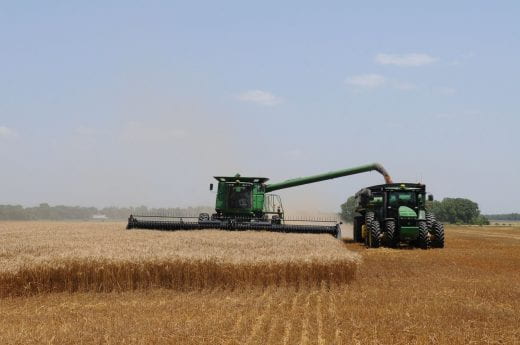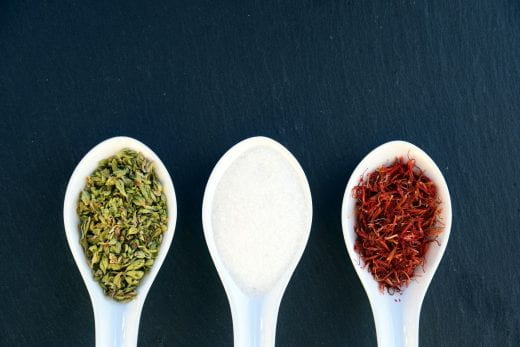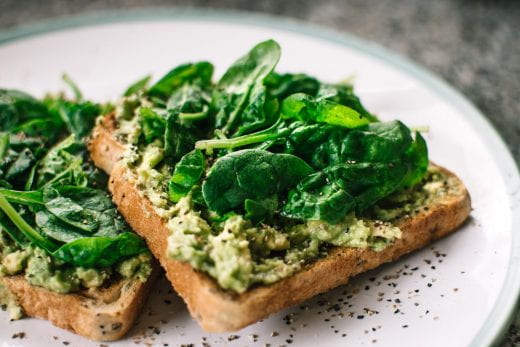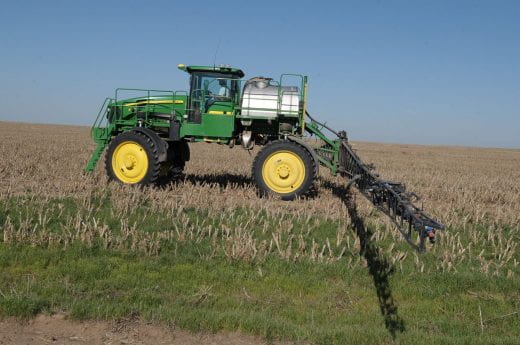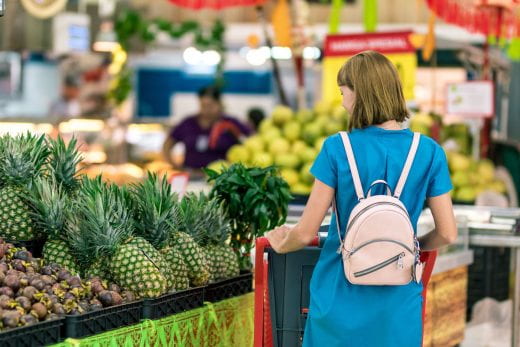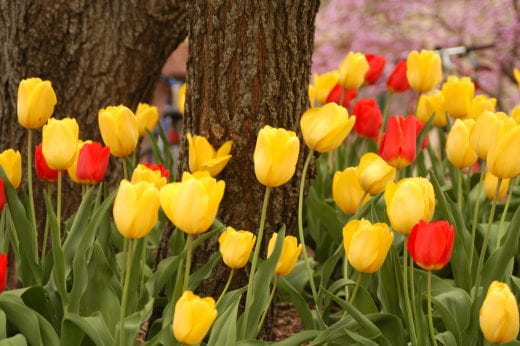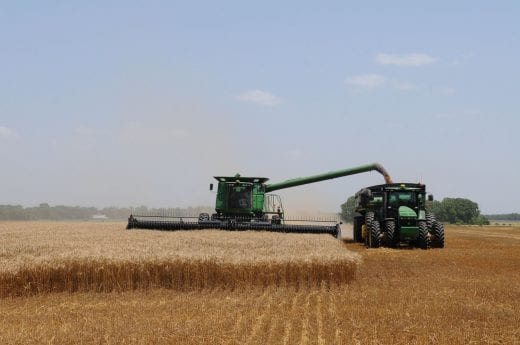In this week’s Better Kansas we offer resources to help keep us healthy and nourished during this unprecedented time in our country and our world, including information about extension offices across the state, shopping efficiently when you DO venture out, free online gatherings for farmers and ranchers dealing with current markets, possible freeze injury to wheat and honoring some of the state’s best. This is a small glimpse of what K-State Research and Extension across the state has to offer. Share on social media and subscribe! – Mary Lou Peter mlpeter@ksu.edu
Better Living, Better Communities
K-State Research and Extension has compiled numerous publications and other information to help people take care of themselves and others during times of crisis. See the complete list of resources online.
Local K-State Research and Extension agents are still on the job during this time of closures and confinement. They, too, are practicing social distancing. Email is the best way to reach them, but call forwarding and voicemail allow for closed local offices to be reached by phone as well (some responses could be delayed). To find out how to reach your local agents, visit the K-State Research and Extension county and district directory.
THE PANDEMIC THAT’S SWEEPING THE COUNTRY AND THE WORLD, COVID-19 aka coronavirus, has many of us thinking, feeling, reading about and DOING many things we’ve not considered before. Just yesterday a friend sent a message saying how hard it is to be so isolated. I, myself was pretty confident that I had enough food and supplies to get me through a couple of weeks or longer, but now I’m questioning that and if I don’t, will there be any on store shelves when I need them? K-State Research and Extension has assembled a range of resources in one place with tips from how to talk to your children during disasters to emotional eating to understanding stress and depression and much more. We’ll be adding resources to the COVID-19 Extension Resource page as we can, so check back. And remember, we Kansans are hardy and resilient people.
 Last week, something went awry when I tried to highlight this resource, so I’m repeating it because it’s worth repeating:
Last week, something went awry when I tried to highlight this resource, so I’m repeating it because it’s worth repeating:
SOME OF US MAY BE COOKING AT HOME MORE THAN USUAL OVER THE NEXT FEW WEEKS. The Cooking with Confidence web page provides a wealth of information to everyone from novices to experienced cooks, with links to resources from K-State and other land grant universities around the country. Topics such as Eating Well Made Easy, Cooking Veggies, Healthy Cooking and Recipes and many more are included. Take a look!
 ARE YOU A LIST MAKER OR A RANDOM SHOPPER? In these strange and unusual days, we’re encouraged to limit our trips to the super market, so it’s especially wise to be intentional about what you want before you walk through those doors. Check out this article and radio interview for tips on making those trips as efficient as possible. Making a list and checking it twice isn’t only for Christmas!
ARE YOU A LIST MAKER OR A RANDOM SHOPPER? In these strange and unusual days, we’re encouraged to limit our trips to the super market, so it’s especially wise to be intentional about what you want before you walk through those doors. Check out this article and radio interview for tips on making those trips as efficient as possible. Making a list and checking it twice isn’t only for Christmas!
Better Farming, Ranching and Gardening
 LIKE ALL ASPECTS OF THE U.S. AND GLOBAL ECONOMY, COVID-19 IS AFFECTING AGRICULTURE. Check out this series of online gatherings on Thursday evenings at no cost, hosted by K-State Research and Extension ag economics specialists. Join your fellow ag producers and agribusiness owners via Zoom to discuss the challenges this unprecedented event is presenting to us. Dates and topics include:
LIKE ALL ASPECTS OF THE U.S. AND GLOBAL ECONOMY, COVID-19 IS AFFECTING AGRICULTURE. Check out this series of online gatherings on Thursday evenings at no cost, hosted by K-State Research and Extension ag economics specialists. Join your fellow ag producers and agribusiness owners via Zoom to discuss the challenges this unprecedented event is presenting to us. Dates and topics include:
- Thursday, March 26 – 7 p.m. – Further Updates on the Macroeconomy
- Thursday, April 2 – 7 p.m. – Grain Markets and Planting Intentions
- Thursday, April 9 – 7 p.m. – Ongoing Effects on Livestock Markets
- Thursday, April 16 – 7 p.m. – Effects on Land Values
In addition to the primary topics, specialists will be available to help answer questions and to discuss other topics. Each online gathering will include a short presentation and the opportunity for participants to discuss and ask questions. Feel free to register for one or all gatherings. Registration is required and limited to the first 300 people.
WE’RE AT A TIME OF YEAR WHEN IT’S BALMY SPRING ONE DAY AND TEMPS PLUMMET BELOW FREEZING THE NEXT. Take a look at an article about spring freeze injury to wheat in the Agronomy eUpdate, complete with weather maps showing air and soil temperatures and what to look for in your crop if you’re concerned about freeze damage. Whether it’s vulnerable depends on factors such as the stage of development, tillage practice (linked to soil temperature), when the wheat was planted and when it emerged.
 KANSAS IS WELL KNOWN FOR ITS AGRICULTURE, and no one exemplifies or represents the state’s farmers better than Kansas Master Farmers and Master Farm Homemakers. Six couples were recently honored for their leadership in agriculture, environmental stewardship and service to their communities. Read more and listen about:
KANSAS IS WELL KNOWN FOR ITS AGRICULTURE, and no one exemplifies or represents the state’s farmers better than Kansas Master Farmers and Master Farm Homemakers. Six couples were recently honored for their leadership in agriculture, environmental stewardship and service to their communities. Read more and listen about:
- Grant and Gayla Corley – Anderson County
- Mark and Eva Gardiner – Clark County
- Doug and Saundra McGraw – Finney County
- David and Janet Olson – Brown County
- Richard and Denise Swenson – Cloud County
- Richard and Karen Works – Allen County
The Kansas Master Farmer and Master Farm Homemaker Program is co-sponsored by K-State Research and Extension and Kansas Farmer magazine.
——–
For more resources and activities, contact the K-State Research and Extension office in your area. Check out our other blogs and subscribe to our weekly emails here: https://www.ksre.k-state.edu/news/blogs/







